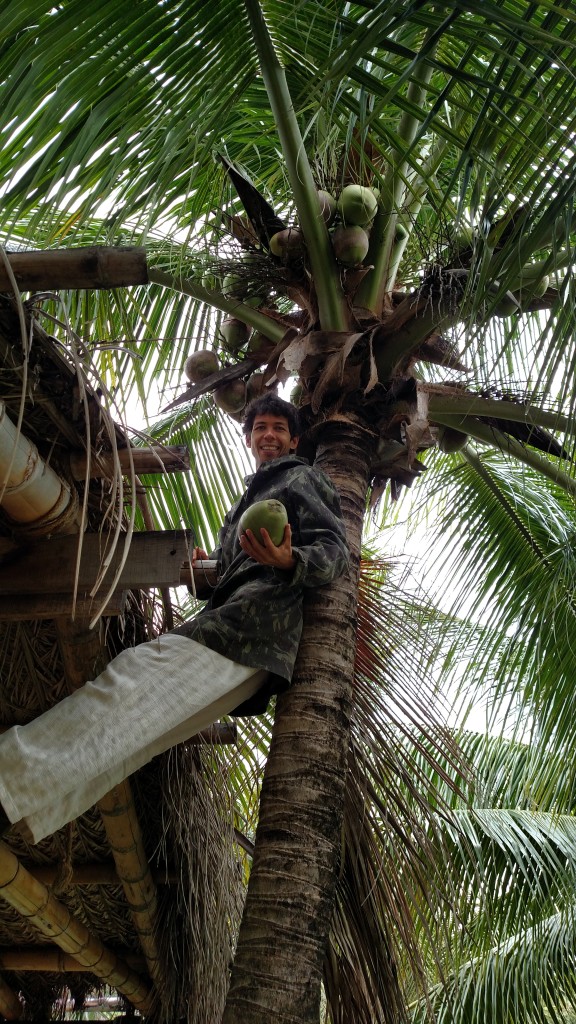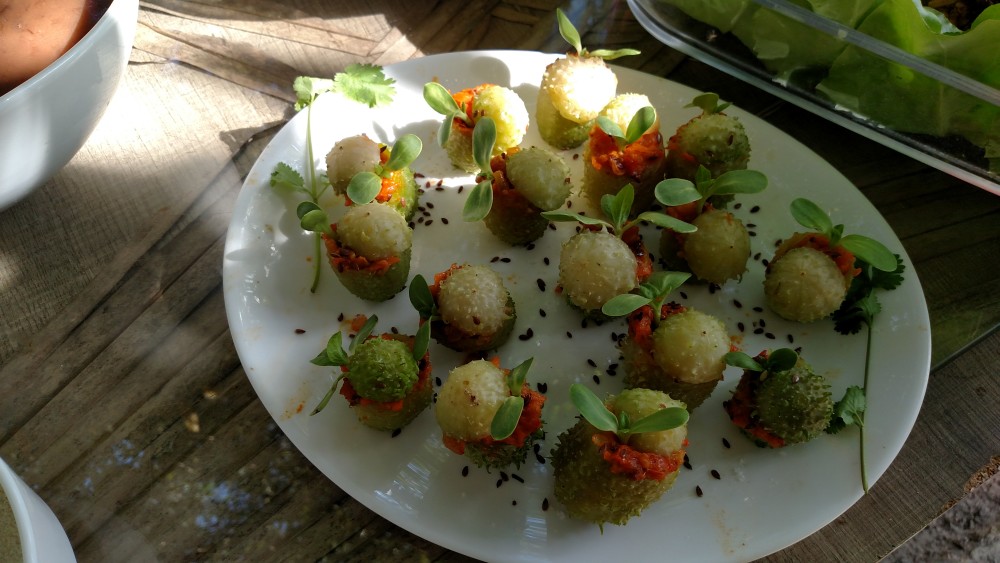In my latest article for The Daily Hampshire Gazette, I contemplated the perspectives of indigenous communities on our relationship to land, partly in preparation for an author event on the same theme at the Forbes Library.
Two summers ago, I visited the grasslands of southwestern Brazil. I stayed at a fazenda, a farm property offering lodging for tourists on the side. Our pousada or lodge was especially tiny as these properties go — run by a woman and her partner who had rented space on the farm for their small business.
We grew friendly with our hosts over the week. Eventually, Mirjam and Wagner invited us to visit a nascent commune they were creating in a nearby village. There, with friends, they were trying to design a new and sustainable model of small farming.
Mirjam, who had immigrated to Brazil from Germany nine years earlier, spoke with passionate disdain of “agrotox” — the cocktail of pesticides, fertilizer, and genetically modified seeds distributed and applied by big chemical and agricultural companies.
Wagner, whose indigenous blood showed in his dark skin and almond eyes, showed us the circlets of their own vegetable beds: beans, tomatoes, bananas. The system, he explained, is called “agrofloresta” — growing plants together in mounds, seeking to harness each plant’s properties to create a more favorable environment for the growth of plants alongside it, just as in the forest.
He showed us plants with high nutritive value but not commonly farmed — plants known and used by indigenous Brazilians of the region. He had put together a display case of these seeds and beans which he poured into our palms for us to investigate.

At the Native Americans and the Land author event mentioned in the article, poet Cheryl Savageau spoke about her Abenaki people.
For the Abenaki, as for many indigenous communities, everything in the land is a “subject” – not just the people, or even just the trees and the animals and plants, but also the wind, the stones, the clouds, the rain. Humans, too, are the Land.
“When I talk about the Land, it’s always with a capital L,” Cheryl said.
